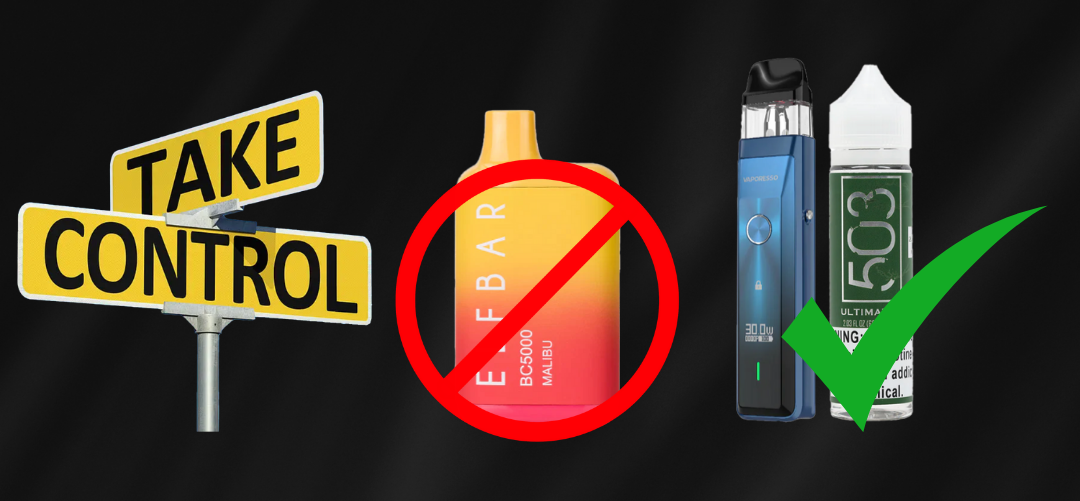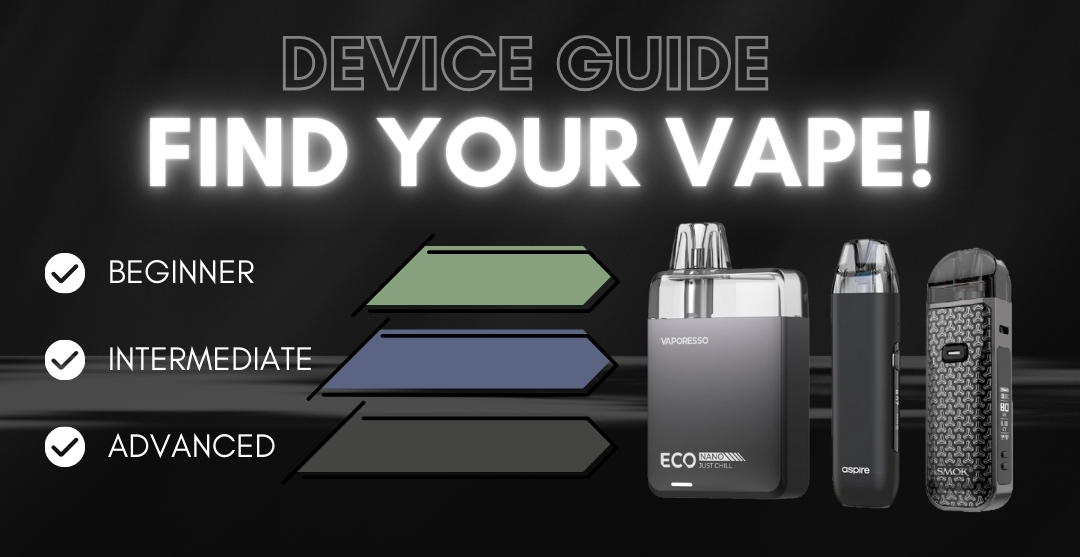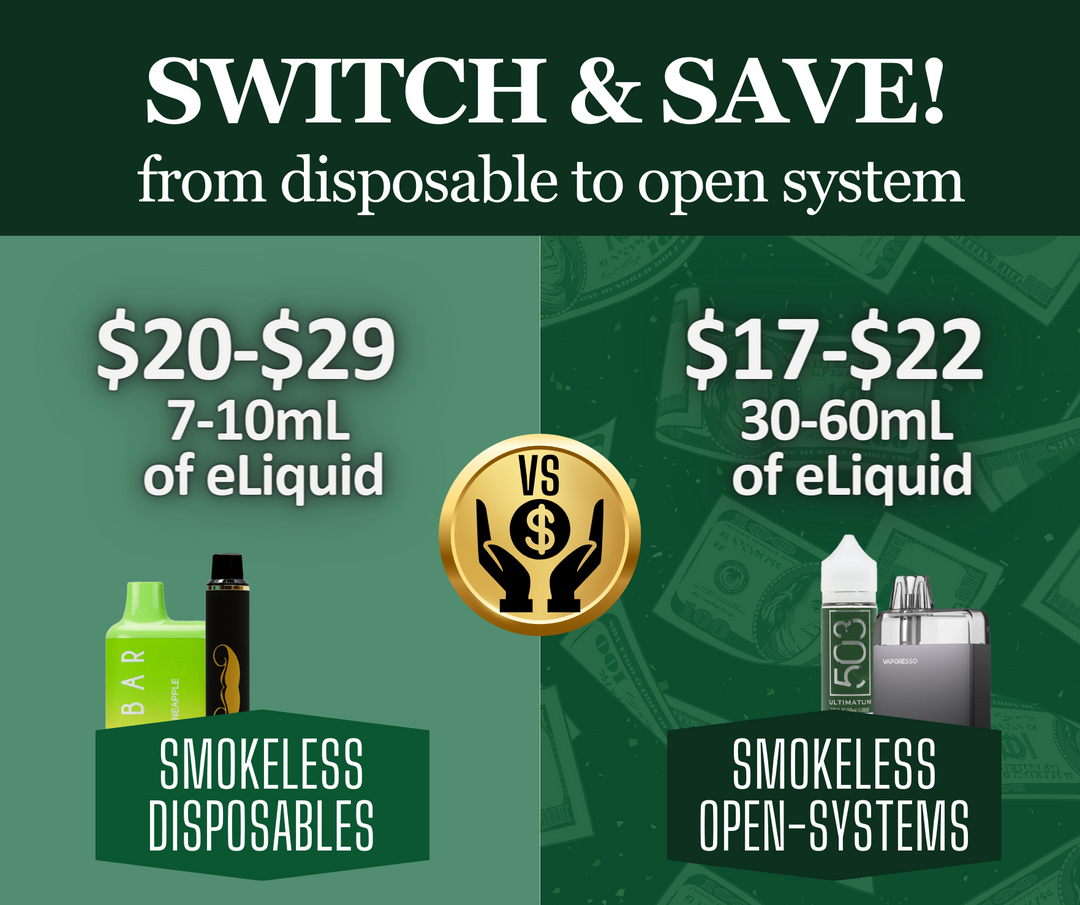New Data Prompts Big Announcement from American Cancer Society

There's an epidemic of misunderstanding when it comes to vaping. Too many Americans wrongly believe that vaping is just as harmful or worse than smoking combustible cigarettes.
In a recent press release, The American Cancer Society noted that "In 2012, only 11.5% of respondents to a national survey held this view. By 2015, 35.7% of respondents mistakenly believed that the harm associated with electronic cigarettes (e-cigarettes) was “about the same” as that of smoking conventional cigarettes."
This is a big deal. The American Cancer Society has been a leading voice in the anti-tobacco world, and until now seems to have been happy to lump vaping in with smoking; ignoring what seems so easily apparent to not only vapers, but a growing number of medical professionals, too.
The release goes on to say:
"Although many Electronic Nicotine Delivery Systems(ENDS) deliver nicotine, flavor additives, and other chemicals, they do not burn tobacco, a process that yields an estimated 7000 chemicals, including at least 70 carcinogens. Thus, public misunderstanding underscores the urgent need for consumer education about the absolute and relative risks posed by different tobacco products and to reinvigorate smokers’ understanding of the importance of quitting combustible tobacco. Whereas complete information on all the potential risks and benefits of ENDS is not yet available, there is sufficient information to allow ACS to act now with a clear focus on the primary goal of ending deadly combustible tobacco use, which is responsible for approximately a one-half million deaths per year and 30% of all cancer deaths in the United States."
Additionally, the ACS said something many in the vape industry thought they would never hear: "In partnership with others, ACS will increase its efforts to guide smokers toward evidence- based cessation options that enable them to quit as quickly as possible and eliminate their exposure to combustible tobacco smoke. At the same time, ACS will deliver a clear and vital message: All smokers should cease combustible tobacco use as soon as possible and ACS will aid them in achieving that goal."
It appears the science and research are beginning to catch up and may actually turn the tide against the rampant anti-vaping speculation and outright propaganda. In the UK, public policy on vaping is handled very differently than in the US. Since the Royal College of Physicians reported vaping to be 95% safer than Smoking, Health officials have promoted the use of vaping as an incredibly viable alternative to smoking. Quit rates are high and smoking rates are low in the UK, but also here in the US as well.
Earlier this month, the CDC released data showing the rise of vaping has lead to a large decrease in smoking. The report, which focused on teenage use, showed that while vaping saw an uptick in use (those who have tried in the last 30 days), teen smoking rates fell by half from 2011 to 2017. This time frame has seen the largest expansion of vaping popularity while also involving the current trends in devices and liquids.
The data also blows away the idea that vaping is a "gateway" to smoking combustible cigarettes. It also found no evidence of the widely hyped "JUUL" epidemic that has garnered plenty of media attention of late.
However, the CDC study has been hyped as worrying. With much of the focus being on the increase in vaping.
Veteran harm reduction expert Bill Godshall laid several criticisms against the CDC’s presentation of the data. Points he singled out included:
- Deceitfully conflating infrequent smokefree vaping with daily cigarette smoking (by classifying and referring to both “current tobacco use” and “current tobacco users”).
- Deceitfully classifying/defining the vaping of nicotine-free flavors, THC flower & oil, and CBD oil as “current tobacco use” and “current tobacco users”.
- Deceptively classifying/defining some/most “cigar use” and “users” (who smoke cigar blunts containing marijuana) as “current tobacco use” and “current tobacco users”.
- Refusing to acknowledge that cigarette smoking (or tobacco smoking) is far more harmful than using smoke-free tobacco or vapor products.
However the data is being used and promoted, vapers are breathing a small collective sigh of relief as the science and research continues to overwhelm speculation and attempts at downplaying vaping's role as a legitimate alternative to combustible cigarettes and smoking.





Leave a comment